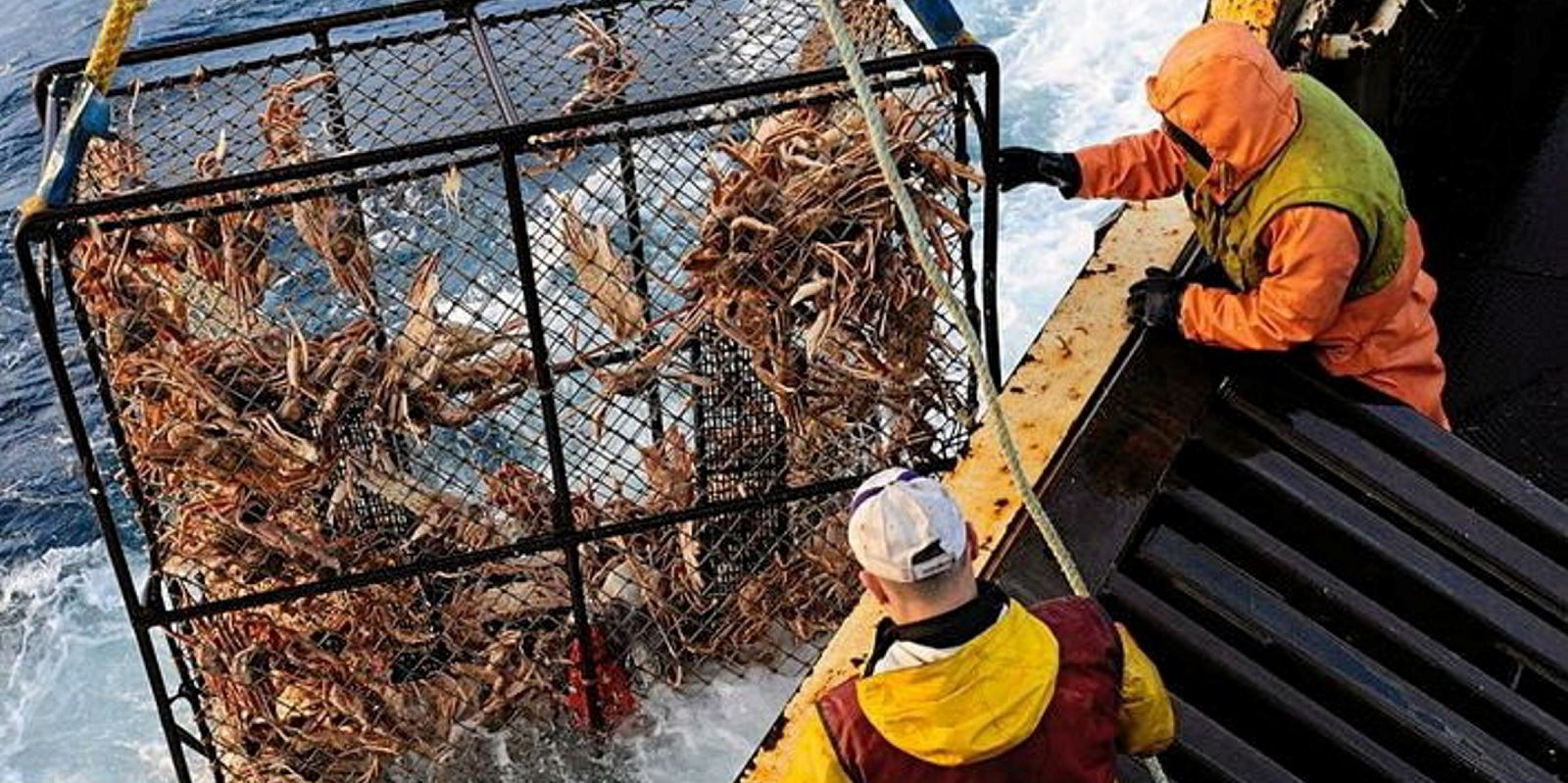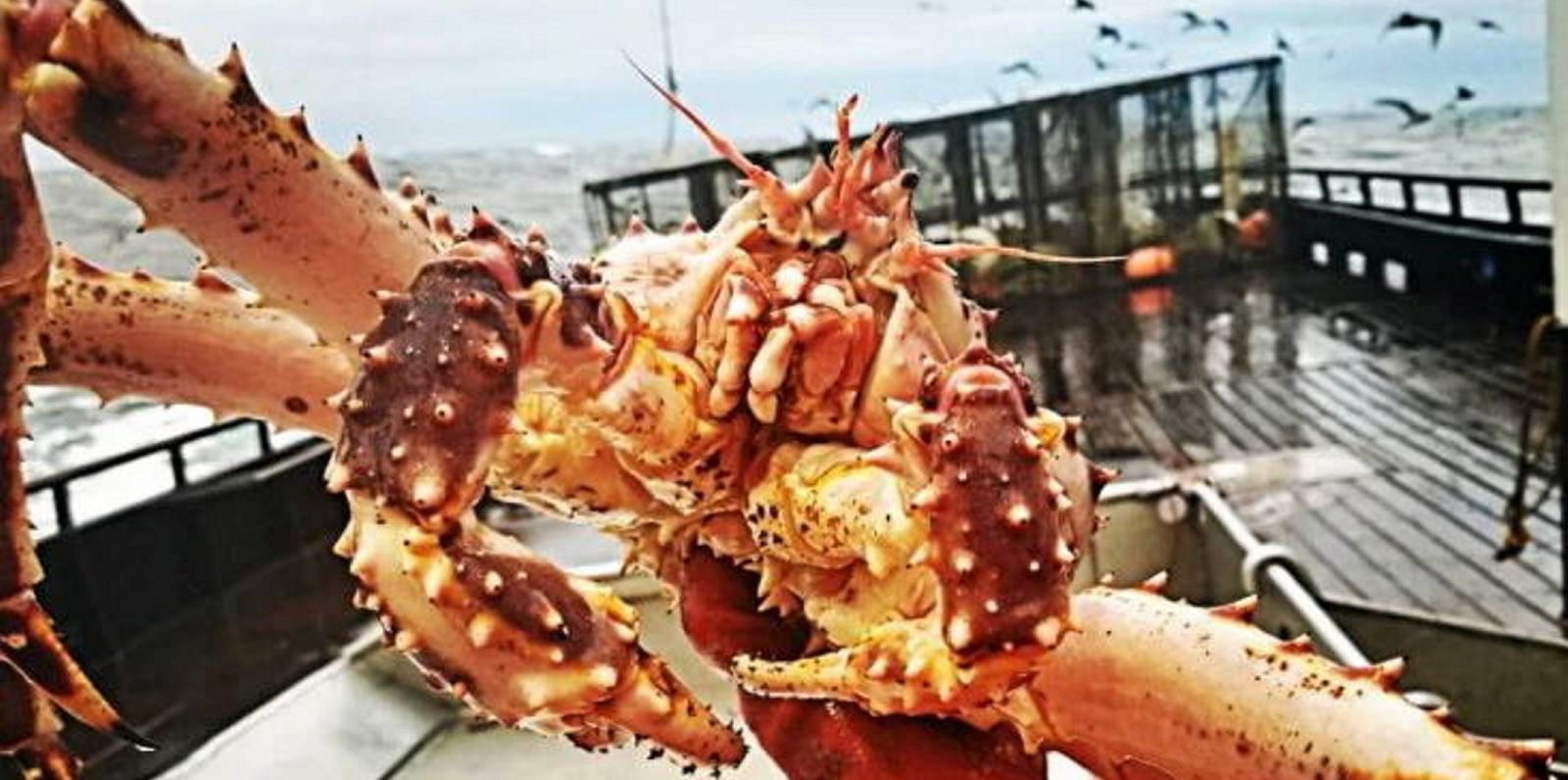Bristol Bay's red king crab fishery in Alaska, which for the past two years has been closed to protect the resource, could potentially see a much-anticipated opening this year.
While there has been no official announcement yet that the 2023 Bristol Bay red king crab season will happen, a preliminary analysis of 2023 data for the fishery is indicating higher crab abundance, according to the Alaska Department of Fish and Game (ADF&G).
The 2021 and 2022 fisheries were closed because red king crab abundance levels were below ADF&G's harvest strategy population thresholds.
"Preliminary analysis of 2023 data indicates those thresholds have been met, which moves us one step closer to an opening compared to the past two seasons, Mark Stichert, ADF&G's groundfish/shellfish management coordinator, told IntraFish.
Using abundance estimates derived from a stock assessment model to evaluate against the harvest thresholds, ADF&G estimates indicate mature female abundance is closer to 9 million crab this year, which would exceed the 8.4 million crab threshold required to open the fishery.
Another promising piece of data comes from the eastern Bering Sea (EBS) bottom trawl survey conducted annually by the National Marine Fisheries Service (NMFS) released in late August. It also shows significant improvement in abundance for mature female crab compared to the previous year at 11 million crab.
That survey indicated biomass of mature females at 16,723 tons, an increase of 63 percent from the 2022 estimate, but still well below the 20-year average of 31,304 tons.
Leah Zacher, a research fisheries biologist with Alaska Fisheries Science Center’s Shellfish Assessment Program, worked on the survey and told IntraFish scientists do not know why mature female abundance improved this year compared to last.
She noted the lack of juveniles entering the fishery has been a significant problem in Bristol Bay for several years and has significantly contributed to a population decline.
Female abundance across all size classes remains low compared with historic values, with no strong signal of new recruitment, according to the Bering Sea survey.
Another issue with the increase observed is that 37 percent of mature female red king crab were caught at one station north of Port Moller, Alaska, which also makes the data challenging to rely on, according to Zacher.
She said at this point it is too early to tell what the improvement seen for mature female red king crabs this year means for the fishery's overall health.
The crab species is managed by ADF&G with federal oversight by NMFS (NOAA).
The state and federal stock assessment review process is underway and will not conclude until the first week of October. ADF&G expects to make a formal announcement about the fishery on Oct. 6 after the North Pacific Fishery Management Council (NPFMC) adopts its 2023/24 crab harvest specifications, ADF&G's Stichert said.
The potential return of a lucrative fishery
The Alaska king crab harvest is one of the most lucrative fisheries in the United States. Direct losses from harvest cancellations this year amounted to $287.7 million (€265 million), according to NOAA.
The closure of the fishery last year led to panic among Alaska's crab fleet, with many stating at the time they faced bankruptcy.
It was only the second time in 25 years that the Bristol Bay red king crab fishery had been cancelled, and the first time ever the snow crab fishery was called off, with regulators also pointing to low recruitment levels for that fishery.
The US Department of Commerce in May allocated $220 million (€204 million) in fishery disaster funding to Alaska and Washington state for fishery disasters that occurred in multiple Alaska and Washington fisheries between 2019 and 2023.
US suppliers have also been scrambling to fill a gap for king crab, following a US ban of king crab imports from Russia over that country's invasion of Ukraine.



